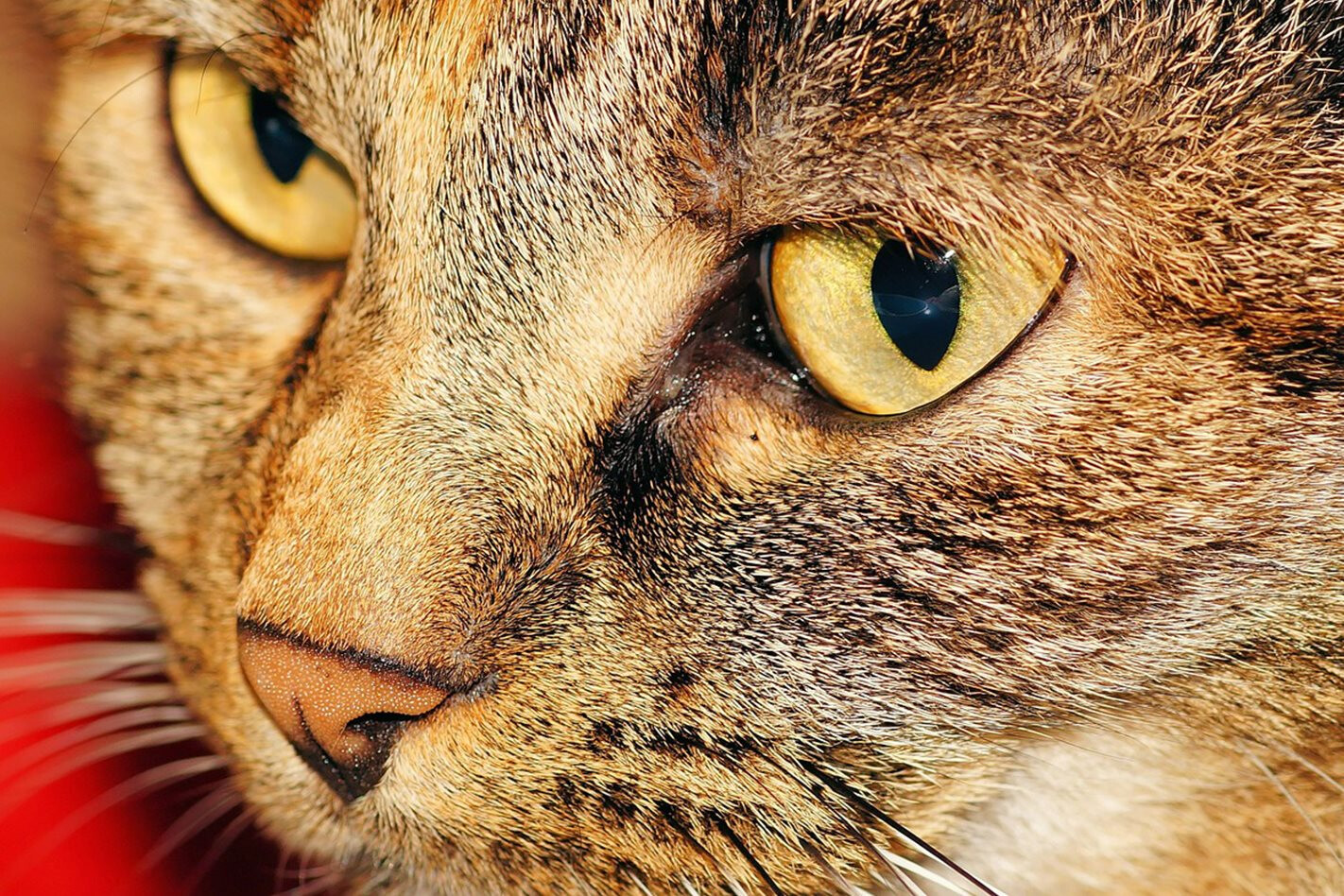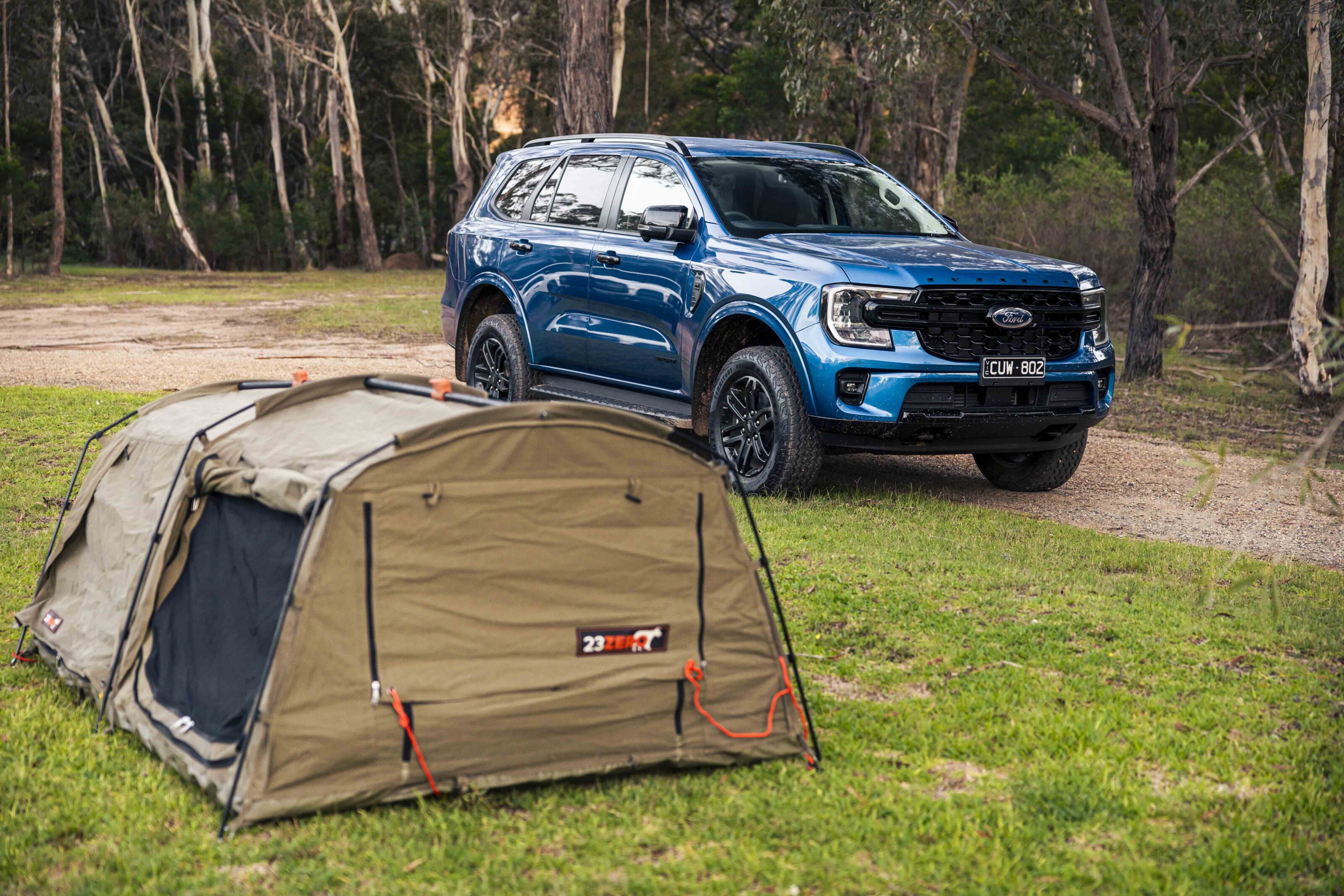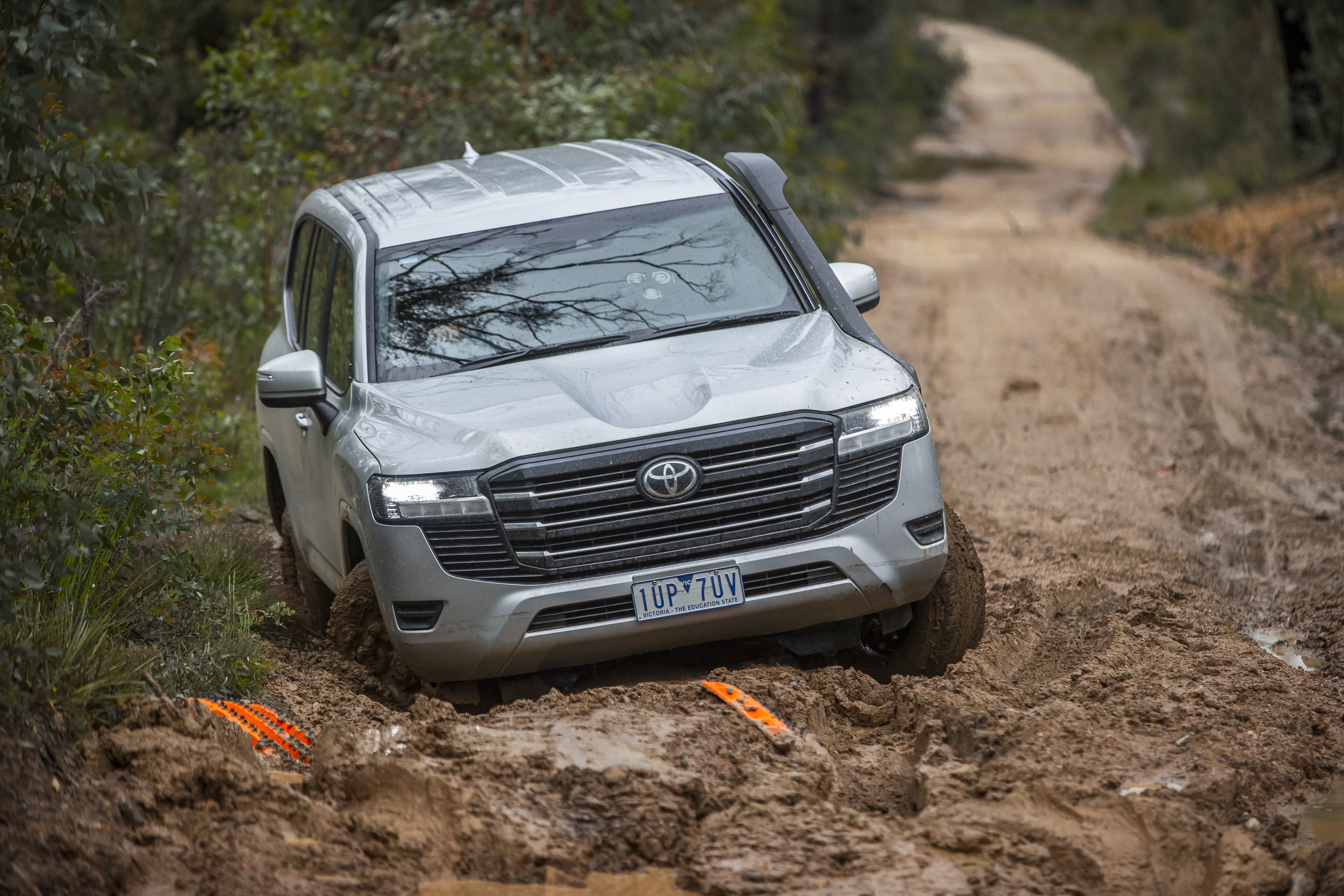Our wildlife is really suffering.
In fact, if we are to believe the figures being sprouted around, Australia is on the verge of one of the worst periods of animal extinction ever.
The Action Plan for Australian Mammals, released in the middle of 2014, found that 55 of Australia’s land mammals face a serious threat of extinction.
Now, you can point your finger at a few reasons for this dire situation, but experts agree that the number one factor in this decline in the past few decades or so has been feral cats.
Charles Darwin University’s, Dr John Woinarski, co-author of the Action Plan, said, “For land mammals in particular, predation by feral cats is the principal factor that is contributing to decline”.
In a 2012 report by the Australian Wildlife Conservancy (AWC), it was estimated that each feral cat kills between five and 30 animals a day. A conservative estimate of the cat population, according to the AWC, is somewhere around 15 million feral cats, which means the minimum number of native animals killed by feral cats each day is about 75 million.
There’s a lot of discussion about those figures, but the lowest population figure I’ve seen still accounts for more than five million feral cats in Australia. And that makes for a lot of wildlife being chewed up each and every night.
After many reports, this feral cat fact sheet for one, the Federal Government recently announced a plan to eliminate two million feral cats in the next five years.
While there has been a couple of million dollars put aside to help that happen, the government will also be asking state and territory ministers to take moves to regulate cat ownership, cat containment, desexing and micro-chipping to reduce the number of domestic cats that go feral.
And that is one of the big issues. Feral cats are no more than your moggie-gone-wild, and when you start talking about culling cats, some people get very upset. In fact, it was reported recently that some Sydney-siders have been relocating stray cats into the wild so that they can ‘live naturally’. That is, to say the least, extremely misguided!
On the other side of the fence are those who want to get rid of all cats, like the person I saw driving a ute in Robe, South Australia, a few months ago. His window sticker, which said, ‘Save Australian Wildlife… Go home and shoot your cat’ – is probably a little bit over the top, but it illustrates how strongly some people feel.
Still, cat owners need to control their pets, and councils should take a tougher stance on the wandering felines. Out in the bush and especially in our national parks and reserves, we have to make a lot more effort to control feral cat numbers to protect our vulnerable wildlife.
Each state government is trying to come up with new ideas; Western Australia is testing a new cat poison, the Victorian Government was thinking about releasing Tassie devils back into Wilsons Promontory National Park, while in the north they are still trying to come to grips with what they’ve lost to the cat plague in the past decade or so.
It also seems as we have grown better at controlling foxes in large parts of Australia (WA in particular), the cat population has exploded (since 2000).
Private conservation groups, such as the AWC and Bush Heritage Australia, have fenced large areas, eradicated the cats inside, and released threatened species into the compounds. The results have been impressive, but the cost of such measures prohibits them from being employed on a larger scale in our national park estates.
In Peterborough a few months back, I got talking to a young hunter who has made it his mission to hunt cats. On one nearby farming property in the past 15 months or so, he has shot more than 500 felines. It’s no surprise that the bird life has since increased along the small creeks in the area. I reckon he’s a conservation warrior and his actions should be applauded. We just gotta do it across the whole nation.
And if we don’t do something soon, there won’t be much of our wonderful wildlife left to conserve – on that most researchers agree!
See more Footloose.





